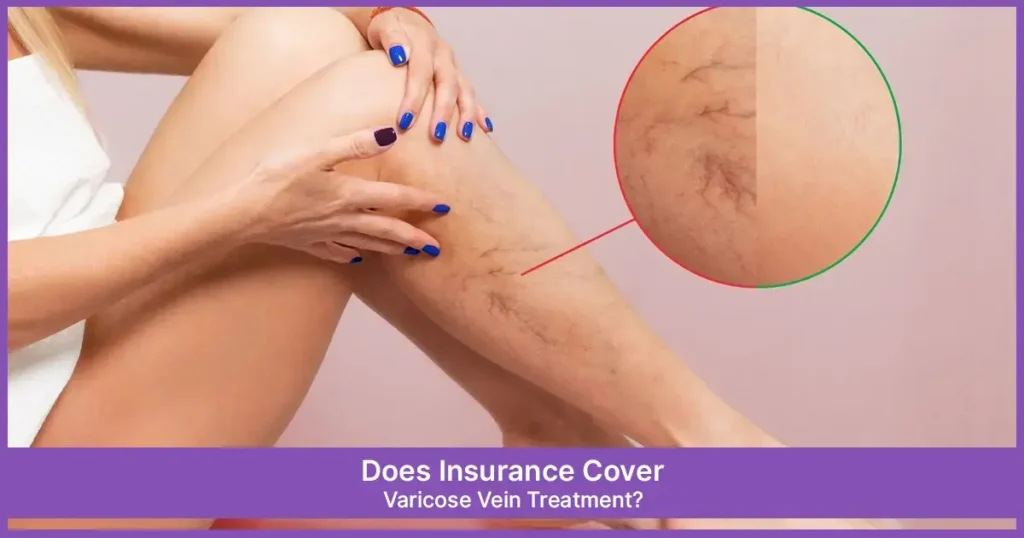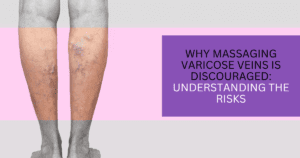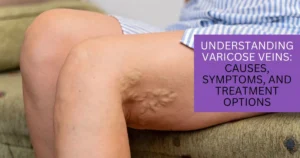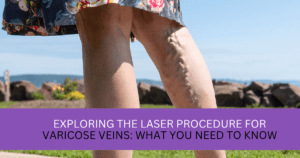If your varicose veins are more than just an eyesore, don’t take them trivially. Various insurance providers offer financial plans to not only cover the varicose vein treatment, but also to make it all smooth sailing. This article provides a deep dive into the details to peel back the layers of insurance coverage.
Medical Necessity vs. Cosmetic Concern: An Overview
One of the striking concerns when it comes to insurance coverage is whether varicose vein treatment is a medical necessity or not. The term ‘’medical necessity’’ defines a treatment or test that helps to diagnose, treat, cure, or address symptoms related to a health condition. To be approved as a medical necessity, a treatment requires to be mandatory, appropriate, and up to medical standards of care. This further explains why many insurance companies recommend you go for simpler treatments before procedures.
Typically, health insurance companies cover treatments once they discuss the medical necessity level with the vein doctor. This helps the health insurance providers to offer personalized solutions. Initial treatments for medical reasons don’t stop you from seeking the benefits of the aesthetic perks of vascular treatments as well. Let’s understand the difference.
Exploring insurance coverage that hinges on this divide.
- Medically necessary treatments normally include pain, ulcers, swelling, or complications, and are typically covered by Medicare/private plans (as per requirements).
- Some treatments for appearance—like smoothing surface veins—are usually not covered, as they’re deemed cosmetic.
This distinction defines the difference between cosmetic vs therapeutic treatment. On the flip side, if vein issues trigger solely cosmetic concerns, they aren’t necessarily covered by insurance plans. The primary reason is that such vein issues are not risky for your health. Are you confused about the type of your vascular issue? If you have varicose veins, the best option is to contact a vein specialist near your location to explore your options.
Factors Turn Treatment Medically Necessary
Insurance companies usually opt for a medical consultation, and based on the assessment, they make the final decision. In case your varicose veins are related to some other underlying health problems, don’t forget to discuss it with your private insurer, as it may help them to turn their decision in your favour. Do you want to know what key factors make insurance coverage likely? Let’s look for specific signs:
- Symptoms present such as:
- Swelling, skin ulcers, or discoloration
- Severe leg pain, itching, heaviness, burning, night cramps
- Dangerous blood clots (DVT) or phlebitis
- Diagnostic proof:
- Typically, a duplex ultrasound is the best diagnostic test to confirm if there is any venous reflux/valve failure
- Daily life impact:
- Unable to stand for long hours, struggle with routine chores, have hindered physical mobility, and job interference
- Conservative treatment failure:
- Insurance usually expects a first trial of compression stockings, leg elevation, and healthy exercise over several weeks before approving any procedure
In short, if your vascular problem is more than a cosmetic nuisance, don’t fret —insurance will likely rule in your favor.
Varicose Vein Treatments Insurance Coverage|How to Get?
Do you want to manage your out-of-pocket costs for vascular treatments? We will submit the documentation to your insurer, which comprehensively demonstrates medical necessity.
Submit All Medical Problems
The preliminary step in getting varicose vein treatments is to document everything to the insurance coverage provider. We will explain to them if there are any signs, complications, or procedures required related to your varicose veins.
With the evaluation of your condition, insurance companies will decide on coverage. The extent of the paperwork to get coverage largely depends on your insurance provider.
Shy Away from mentioning Aesthetic Concerns
No need to mention aesthetic varicose vein treatments. The cosmetic concern isn’t an appropriate reason for insurance to cover the treatments.
Avoid discussing anything related to aesthetic concerns as you file for coverage. Instead, try to focus on how your varicose veins problem impacts your quality of life.
Beginner-Level Treatments First
Before you jump to medical procedures to address varicose veins, insurance companies adjust their focus to check whether you have made your effort to solve the problem. This usually encompasses compression stockings, elevation of your legs at night, and other non-invasive methods.
This section discusses the first line of solutions before resorting to deeper procedures. This is sometimes needed to help your insurer believe that your varicose vein treatments are essential.
Speak to a Representative
Get in touch with your insurance company to find out how to get coverage for certain vascular procedures. A representative will better convey the process to you.
Sometimes a phone call can help you learn handy information that is hard to find on a website or business card. Try interacting with your insurance company before anything else.
Varicose Treatment Cost
A common inquiry is the vein treatment cost. Whether you have complete insurance coverage or you have to manage some out-of-pocket expenses, the treatment costs vary from plan to plan. Know the prominent cost-determining variables, including:
- The level of medical necessity of your vein issues
- The type of health insurance plan, e.g., HMO or PPO
- If your coverage plan includes in-network and/or out-of-network
- Check the treatment you require
Some insurance plans also pay for compression stockings. Varicose veins can eventually end up as ulcers, pain, and decreased quality of life. With the right documentation, doctor support, and a little patience, you will be able to reduce the cost and achieve smoother, healthier legs.




